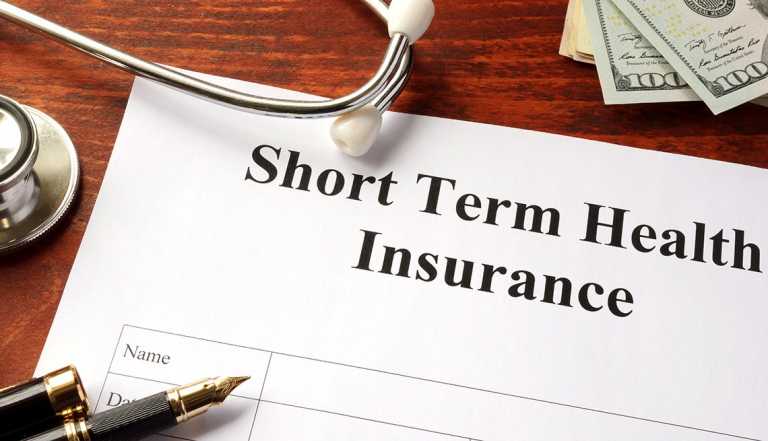Staying Fit
Health Care & Coverage
What you need to know about health insurance, including the latest news on the Affordable Care Act
Explore Health Care & Coverage


AARP Membership
$12 for your first year when you sign up for Automatic Renewal
Get instant access to members-only products and hundreds of discounts, a free second membership, and a subscription to AARP the Magazine.
Learn More About Medicare Coverage
AARP IN YOUR STATE
Find AARP offices in your State and News, Events and Programs affecting retirement, health care and more.
Features And Resources


Resource Centers
Medicare Resource Center


Quizzes
Does Medicare Cover That?


Books












































































